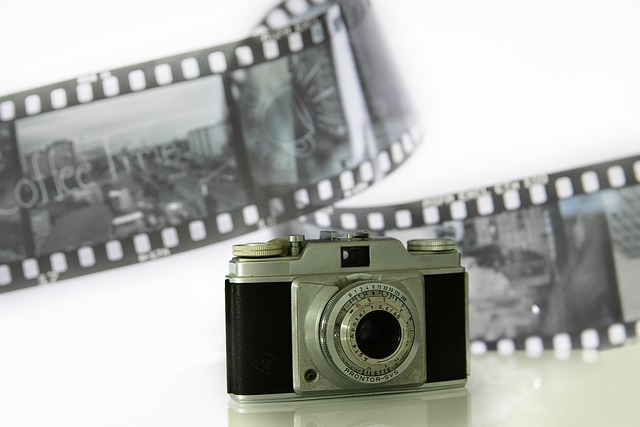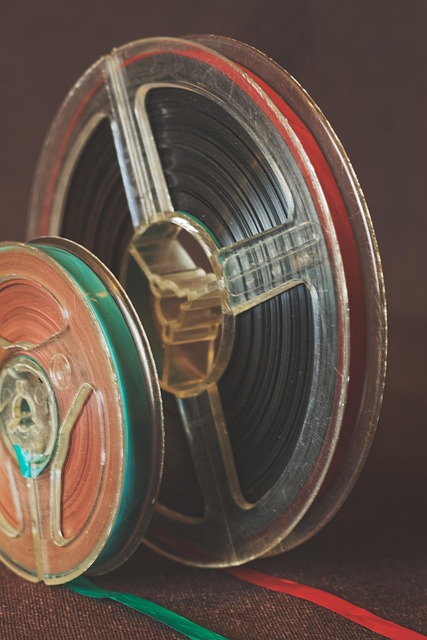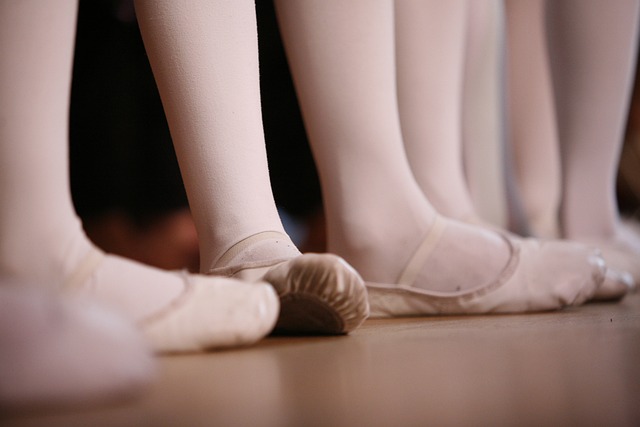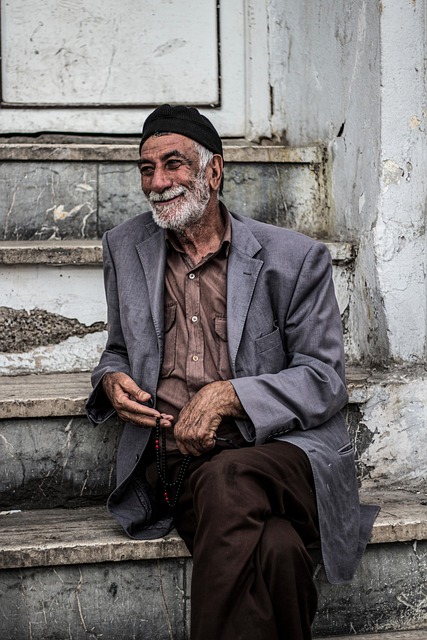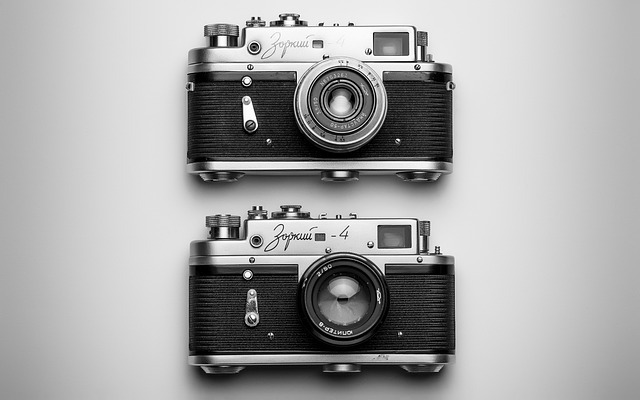
To cover film effectively, journalists need deep art form understanding, active listening during interviews, and meticulous post-interview editing. They should explore director, actors, themes, visual language, and costume design. Engaging with interviewees captures nuanced creative processes. Transcribing, cutting, and strategizing audience engagement refine raw material. Meticulous editing transforms stories into captivating cinematic experiences, enhancing storytelling power based on film studies and global trends.
“Mastering the art of editing interviews is a vital skill for any journalist, transforming raw footage into compelling stories. This comprehensive guide navigates the process from preparation to post-production, ensuring every word resonates with your audience. Learn the secrets to effective pre-interview research and crafting engaging questions. Discover techniques for active listening during the interview, followed by strategies for efficient transcription and initial cuts. Finally, explore how to polish your film content, achieving a seamless flow that captivates viewers.”
- Pre-Interview Preparation: Research and Questions
- During the Interview: Active Listening and Engagement
- Post-Interview Review: Transcription and Initial Cuts
- Polishing the Story: Editing for Flow and Impact (Film)
Pre-Interview Preparation: Research and Questions

Before stepping into the interview room, journalists and filmmakers alike should prepare meticulously. In the context of film, this means immersing oneself in the art form. Researching the director, actors, and themes at play is crucial. Understanding the film’s narrative arc and visual language allows for more insightful and engaging questions. For instance, costume design can serve as a powerful narration tool; it reflects character, era, and even social issues, providing a unique perspective for film analysis tools and filmmaking software.
The rhythm and pace of a film is another aspect to consider. Interviews should mirror this flow—a well-prepared journalist knows when to push for deeper insights and when to let the conversation naturally evolve. By doing their homework, journalists can ensure the interview feels like a captivating film production, leaving both the subject and audience enthralled, much like a well-crafted film theory piece that delves into the unseen aspects of storytelling. Find us at Global Film Movements for more insights into the art of filmmaking.
During the Interview: Active Listening and Engagement
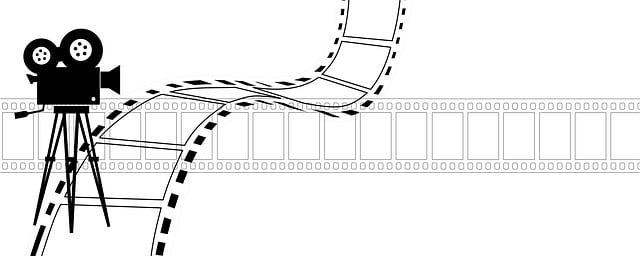
During the interview, active listening and engagement are paramount for any aspiring journalist, especially those covering the film industrie roles. It’s not just about asking questions; it’s about fully immersing yourself in the conversation. Maintain eye contact, use non-verbal cues to show interest, and avoid distractions like glancing at your watch or phone. Instead, let the interviewee know you’re present by nodding, smiling, and offering brief affirmations like “I see” or “That’s fascinating.” This level of engagement not only makes the experience more enjoyable for both parties but also ensures you capture nuanced details that might be crucial for your film analysis.
In a realm where set design and visual effects tools play a significant role in storytelling, active listening allows you to pick up on subtle references or insights about these aspects. By actively engaging with the interviewee, you can gain a deeper understanding of their creative process, technical choices, and the challenges they face—all valuable information that can enhance your coverage, whether for print, digital platforms, or even film-focused communities eager to stay informed about industry trends. So, when you’re in the midst of an interview, remember: true listening is just as important as asking the right questions. Give us a call at Film Analysis for more insights on refining your interviewing skills.
Post-Interview Review: Transcription and Initial Cuts
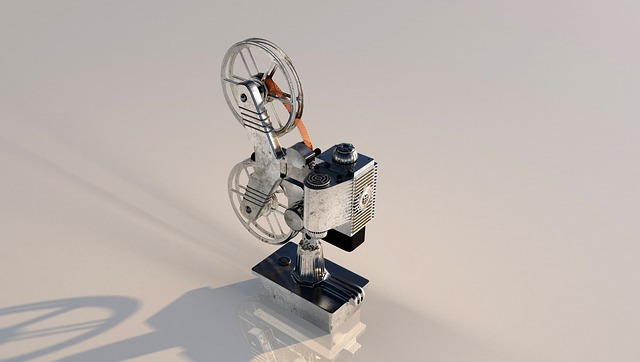
After conducting interviews for a film project, the post-interview review process is a critical phase where professional journalists refine their raw material. The first step involves transcribing the recordings to ensure every word is captured accurately. This text-based version allows for easy navigation and analysis of the content.
Next, the journalist selects the most compelling and relevant segments from the transcription, creating an initial cut. This process includes identifying key quotes, powerful narratives, and moments that resonate with the film’s theme or message. It’s also where mentorship programs and audience engagement strategies can be considered; shaping the interview to not only convey information but also evoke emotional responses from viewers, potentially enhancing the overall viewing experience through restoration techniques. Remember, the goal is to produce a polished, engaging segment that stands on its own while aligning with the film’s broader context.
Polishing the Story: Editing for Flow and Impact (Film)

In the realm of film, polishing the story through meticulous editing is an art that can transform a mediocre production into a captivating cinematic experience. Editing for flow and impact involves seamlessly weaving together various elements—from dialogue to visuals and music—to tell a compelling narrative. Professional journalists, when venturing into film editing, must understand this process, which often requires cutting away extraneous footage while enhancing key moments to match the rhythm and pacing desired.
By applying critical theories from film studies and drawing insights from major global box office records, filmmakers can navigate complex scenes, ensuring every shot serves a purpose. Even with the popularity of remakes and reboots, the essence of good storytelling remains intact. Effective editing techniques can make or break a film, so it’s crucial to give us a call at editing techniques for guidance on crafting stories that resonate with audiences.
Professional journaling demands meticulous attention to detail, from pre-interview research to post-interview editing. By preparing thoughtful questions, actively listening during the conversation, and meticulously reviewing transcripts, you lay the foundation for a compelling narrative. For film projects, polishing the story through precise editing enhances flow and impact, ensuring your final piece resonates with viewers. These strategies empower you to transform raw interviews into engaging, informative content that captivates audiences.
